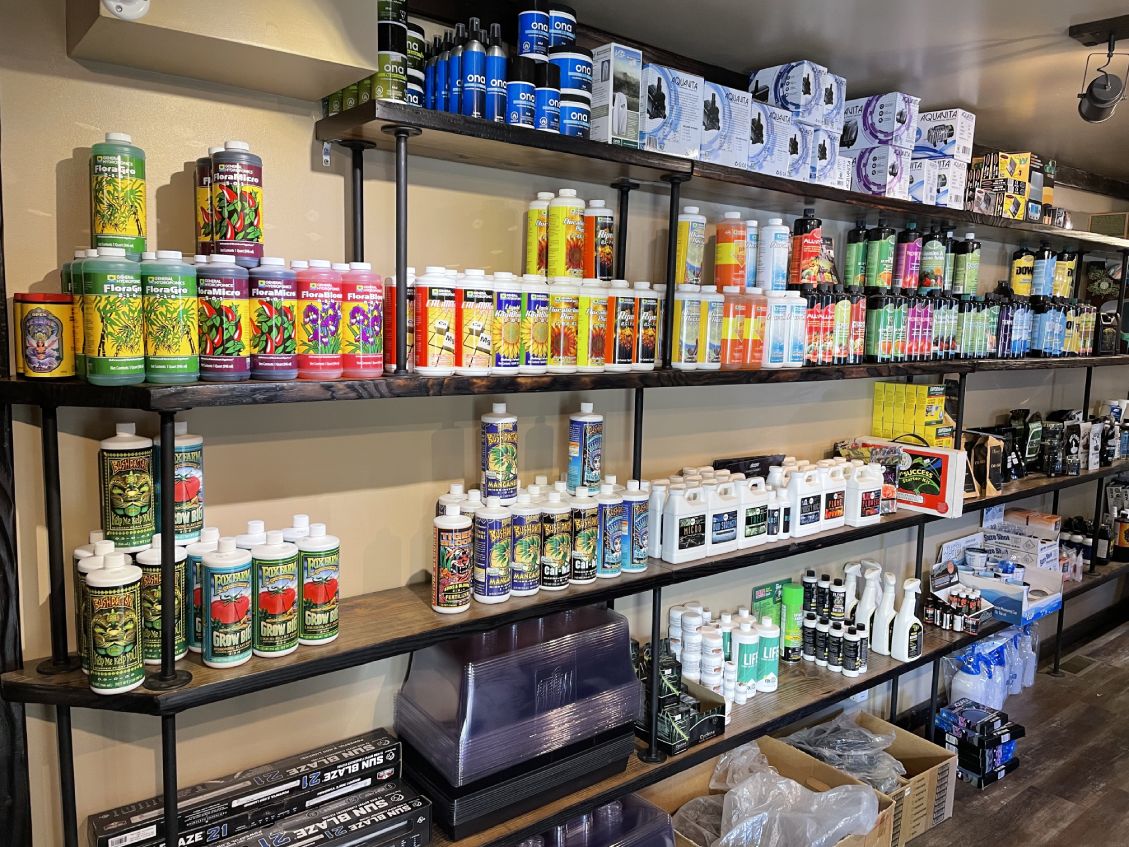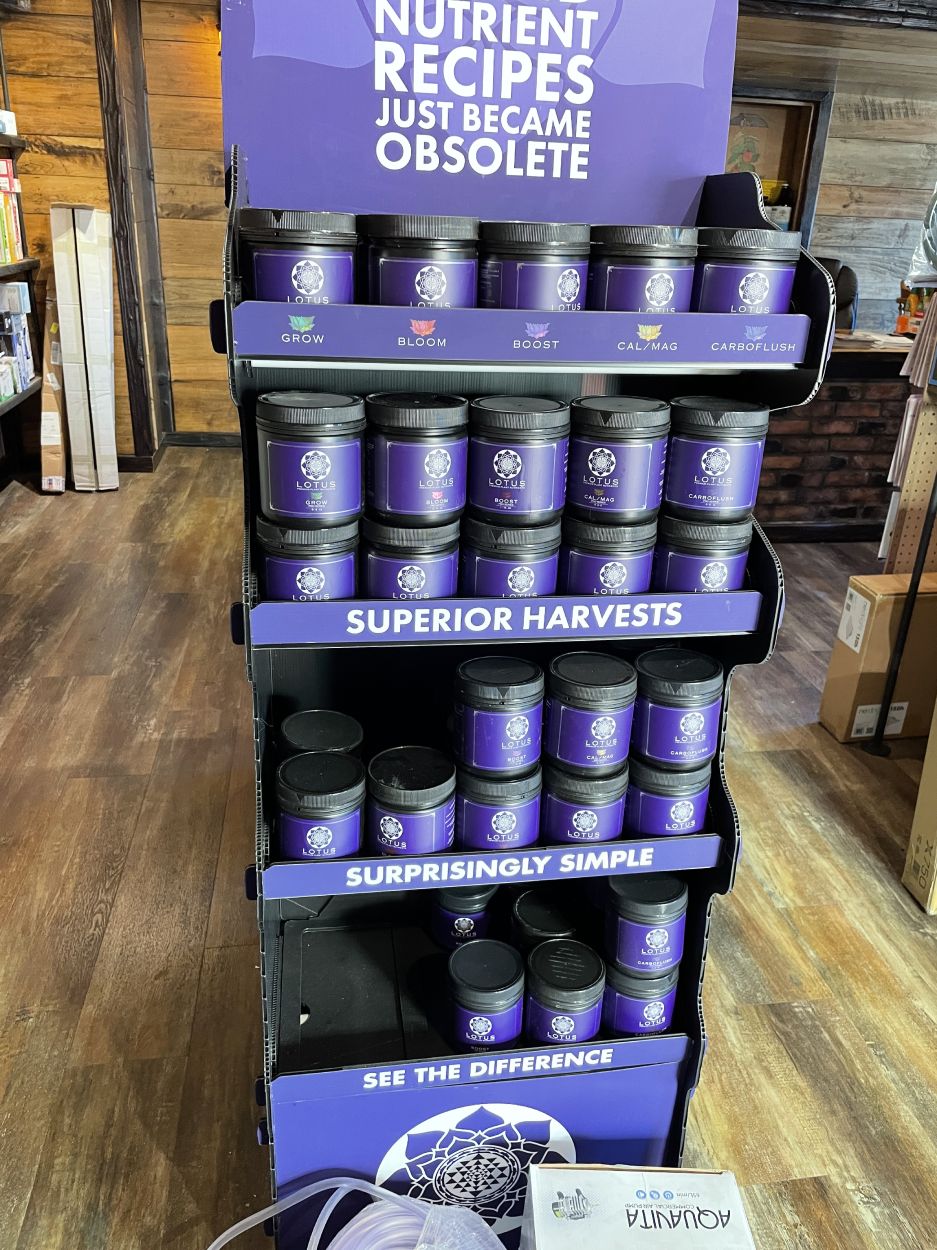Exactly How to Beginning Your Own Hydroponic Yard in your home
Getting started on the journey of starting your own hydroponic yard at home can use a fulfilling and special experience. Keep tuned to reveal the essential steps and factors to consider that will certainly guide you towards developing a flourishing hydroponic yard right in the convenience of your very own home.
Advantages of Hydroponic Horticulture
Hydroponic horticulture uses countless benefits, making it a lasting and reliable method of expanding plants without soil. Among the crucial advantages of hydroponic gardening is water preservation. This approach utilizes just a portion of the water contrasted to typical soil-based horticulture, as the water in hydroponic systems is recirculated and reused, reducing waste. Furthermore, hydroponic systems permit faster plant development and greater yields. By supplying plants with straight access to nutrients, water, and oxygen, they can grow up to 25% faster than soil-grown plants. This accelerated growth price suggests that hydroponic gardeners can enjoy a quicker harvest and several expanding cycles in a single season (The Indoor Earthworm). Hydroponic gardening eliminates the need for chemicals and herbicides, producing a safer and a lot more ecologically pleasant growing atmosphere. The controlled nature of hydroponic systems likewise lowers the risk of conditions and pests, leading to healthier plants. Overall, the advantages of hydroponic gardening make it an attractive selection for home gardeners wanting to optimize performance and sustainability in their plant farming methods.
Crucial Supplies and Tools
To properly establish up a hydroponic yard at home, getting the vital materials and equipment is crucial for making sure effective plant growth and maintenance. The primary supplies required consist of a tank to hold the nutrient service, a water pump to circulate the solution, a timer for controling the watering cycles, and a pH testing kit to monitor and adjust the nutrient degrees. In addition, you will require a growing medium such as perlite, vermiculite, or Rockwool to support the plants' root systems.
Investing in a thermostat and hygrometer can help you keep an eye on the temperature level and moisture levels within your hydroponic system. Crucial tools like measuring cups, syringes for nutrient option dimension, and pruners for plant maintenance are important for proper yard treatment. Having these supplies and devices in place will set you on the appropriate path to an effective hydroponic gardening experience.
Picking the Right Plants

Establishing Your Hydroponic System
After thoroughly selecting the right plants for your hydroponic system, the following important action is establishing the necessary framework to sustain their development and advancement efficiently. The first aspect to take into consideration is the kind of hydroponic system you will make use of. Alternatives consist of deep water culture, nutrient movie method, or drip systems. The Indoor Earthworm. Each has its very own needs and advantages, so pick one that straightens with your space, experience, and spending plan level.
Next, you will certainly require a tank to hold the nutrient solution that supplies crucial nutrients to your plants. Ensure it is lightproof to stop algae development and properly sized based on the number of plants you intend to expand. In addition, you will certainly require an air pump and air stones to oxygenate the nutrient option, promoting healthy and balanced root growth.
Correct air flow, temperature level control, and pH surveillance are additionally important components to consider when setting up your hydroponic Full Report system (The Indoor Earthworm). By paying interest to these information, you can produce an optimum environment for your plants to flourish.
Maintenance and Troubleshooting
Reliable upkeep and prompt troubleshooting More about the author are important practices to ensure the long life and success of your hydroponic garden. Regularly examining the nutrient levels, pH equilibrium, and water temperature is important to keep your plants healthy. Nutrient inequalities can bring about stunted development or nutrient shortages, so readjusting the nutrient and checking remedy is vital. Maintaining the correct pH degree, normally in between 5.5 and 6.5, is important as it affects nutrient availability to the plants. Additionally, watching on the water temperature level, ideally between 65-75 ° F(18-24 ° C), can protect against root rot and other waterborne concerns.
Troubleshooting in a hydroponic system entails identifying and dealing with problems promptly. Common concerns include origin rot, algae growth, stopped up tubes, or pump breakdowns. If you notice any wilting, yellowing fallen leaves, or uncommon smells, check out and settle the underlying problem. On a regular basis cleaning and sterilizing your system can prevent lots of issues. By remaining attentive and proactive to your hydroponic garden's upkeep and quickly dealing with any type of troubleshooting needs, you can ensure a prospering and productive expanding environment.

Final Thought
In final thought, beginning your own hydroponic garden in the house can provide various advantages, such as reliable usage of area, water preservation, and quicker plant growth. By getting the vital materials and devices, selecting the right plants, and setting up a proper hydroponic system, you can appreciate the satisfaction of expanding your own fresh produce. Normal maintenance browse around here and troubleshooting will certainly make certain the success of your hydroponic yard.
Additionally, hydroponic systems enable for faster plant growth and higher yields. When choosing plants for your hydroponic system, think about variables such as growth requirements, available space, and individual preferences. By meticulously picking the right plants for your hydroponic system, you can develop a efficient and satisfying indoor garden experience.

Comments on “The Indoor Earthworm: The Unsung Hero of Indoor Composting”